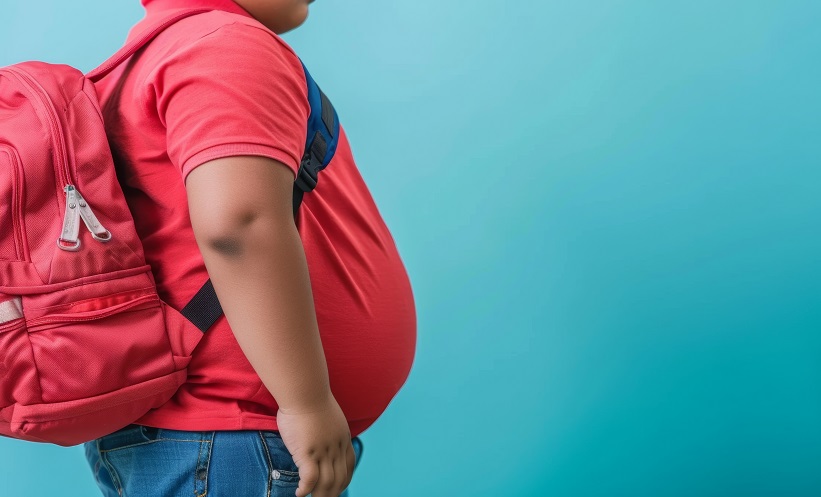First-line therapy for indolent non-Hodgkin’s lymphoma usually consists of a combination of rituximab-based chemoimmunotherapy. Historically, first-line therapies have been associated with deep responses that are often durable; however, therapy failure due to primary refractory disease or relapse is inevitable. A particularly concerning subgroup encompasses patients who exhibit refractoriness to rituximab, refractoriness to chemotherapy, or early relapses. This group of patients has been associated with a worse prognosis, increased mortality, more aggressive disease biology, and likely refractoriness to additional classic chemoimmunotherapy interventions.
Lenalidomide is a second-generation immunomodulatory agent that has a mechanism of action distinct from classic chemotherapy regimens. It has a well-recognised activity in multiple myeloma, chronic lymphocytic leukaemia, and subtypes of myelodysplastic syndromes. It has also shown significant activity in various non-Hodgkin’s lymphoma subtypes as a single agent and in combination.
The MAGNIFY trial was designed as a Phase III international effort to investigate the combination of lenalidomide and rituximab as initial induction therapy followed by randomised maintenance with rituximab with or without lenalidomide in patients with relapsed and/or refractory follicular lymphoma, marginal zone lymphoma, or mantle cell lymphoma.1 Enrolled subjects had a median of two prior systemic therapies. Given the nature of the inclusion criteria, 41% of subjects met the criteria for rituximab-refractory disease. The clinical trial is still open and the results are not yet mature enough to analyse the primary endpoint of progression-free survival. Nonetheless, the study has been presented to demonstrate preliminary efficacy and safety data.
The preliminary results of the study showed significant activity of the combination during the initial therapy with an overall response rate of 75% and a complete response rate of 47% in rituximab-sensitive patients (n=110). Patients who met the criteria for rituximab refractoriness (n=77) also had a high response rate, with an overall response rate of 58% and complete response rate of 47%. The results will be updated at the EHA Congress with a larger number of patients and longer follow-up. These preliminary responses are significantly better than the historic outcomes of these patients. Follow-up is still ongoing for the analysis of progression-free survival.
Treatment-emergent adverse events were consistent with the known adverse events of lenalidomide and rituximab treatment, with haematologic toxicities being the most common events.
Although this is only a preliminary analysis, it shows significant activity and deep responses in patients with particularly high-risk diseases and historically poor outcomes. Importantly, it was able to restore rituximab sensitivity in patients with prior suboptimal response or early relapse after rituximab-based therapy.
Lenalidomide is being investigated in multiple non-Hodgkin’s lymphomas both in upfront and relapsed/refractory settings. In addition to the indications in myeloma and myelodysplasia, lenalidomide is approved by the U.S. Food and Drug Administration (FDA) as a single agent for relapsed mantle cell lymphoma after two lines of therapy. This trial will hopefully pave the way for the use of this chemotherapy-free combination as a second-line therapy in a broader range of indolent non-Hodgkin’s lymphomas. This is particularly relevant in patients with a suboptimum response to classic chemoimmunotherapy given the novel mechanism of action of lenalidomide.






